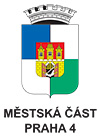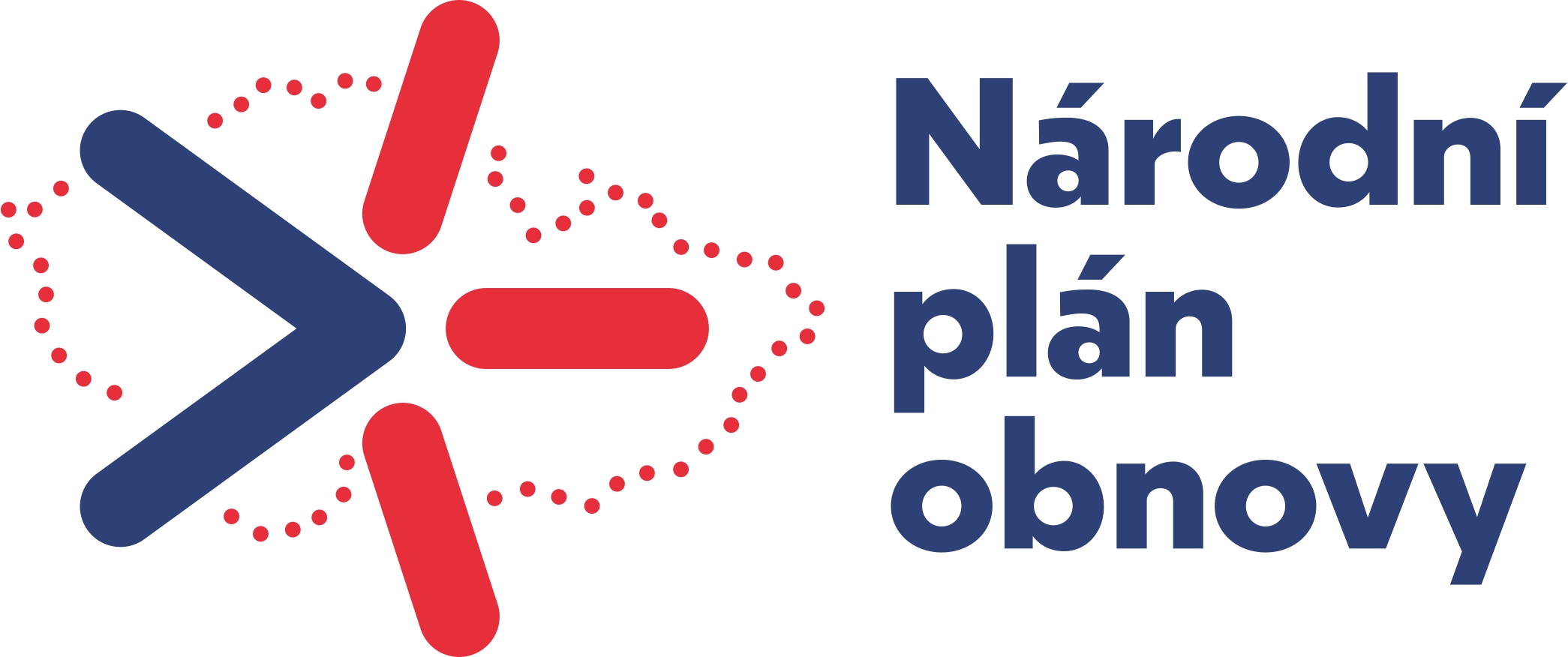
Tomas Rajlich, Břetislav Malý: Komplementární
type: kolektivní
place of exhibition: Etcetera Gallery
date of exhibition: 2018/03/07 - 2018/04/28
note:
-
Jestliže se, přinejmenším v posledním desetiletí, těší zvýšené pozornosti malba ve smyslu autonomního média a také konceptuální tendence, jejichž prestiží je zkoumání formálních vizuálních aspektů, je nasnadě, že tento trend nefokusuje v uměleckém provozu pouze historické příspěvky, ale také akceleruje současnou tvorbu. Pojem neomoderna, který se v uplynulých letech výrazněji frekventoval, lze mimo jiné chápat jako jistou revokaci modernistických principů, jak je poměrně překotně přinášelo dvacáté století, s tím zřetelem, že je patrně dobře možné prozkoumávat uvolněné, nedotažené či nevyčerpané aspekty modernistických avantgard a navazovat na ně, či je s odstupem současnosti mixovat a fúzovat v novém vizuálním nadšení. Jedinečný okamžik pak nastává, když i sami starší a původem ryze modernističtí tvůrci stále ještě tvoří aktuální umění, přičemž jejich dřívější tvorba revokuje v novém kontextu současné významy. Tak nějak by se dal označit myšlenkový půdorys drobné výstavy, nazvané Komplementární, spojující tvorbu malířů Tomase Rajlicha a Břetislava Malého. Zatímco první je excelentním zástupcem poslední krajně modernistické fáze umění konce šedesátých a zejména sedmdesátých let, Břetislav Malý je reprezentantem nedávno nastoupivší malířské generace, víc než dobře obeznámené s rozličnými uměleckými trendy posledních desetiletí.
Výstavu zřetelně legitimizuje jejich vztah k vyhraněným hodnotám v abstraktním malířství, jehož nárokem je zkoumání struktury malby, vlastností barev a v neposlední řadě také formální a prostorové aspekty malovaného obrazu. Tomas Rajlich (narozený v roce 1940) prožil podstatnou část svého tvůrčího života v holandském exilu v živém kontaktu s americkou i evropskou radikální uměleckou generací, jejíž přirozenou součástí se stal. Už spoluzaložením Klubu konkretistů (s Jiřím Hilmarem, Radkem Kratinou a teoretikem Arsénem Pohribným) v roce 1967 deklaroval svůj zájem o přísné geometrické struktury, ke kterým se přirozeně proklestil od svého studia sochařství v Laudově, Pokorného a Hladíkově ateliéru na pražské akademii. Struktura se Rajlichovi stala východiskem pro postupné rozvíjení malířské strategie, která vnímala problematiku tvorby vycházející z geometrie v širších souvislostech. Rajlicha zajímala také textura, živý povrch, rukopisná stopa, která v jistých fázích začala strukturu překrývat, či naopak se ve „zbytkové“ podobě dostávat na(d) texturu. V průběhu sedmdesátých a osmdesátých let pak umělec dospěl přirozenou cestou k monochromatické malbě a také k seriálnímu malířskému uvažování. Tato tvorba následně vyústila v práci s monochromatickou aluminiovou folií, která stále nese vrstevnatou malířskou dikci.
-
If, at least in the last decade, there is an increased attention of painting in the sense of an autonomous medium and also of conceptual tendencies whose prestige is the examination of formal visual aspects, it is obvious that this trend does not only foster historical contributions in artwork but also accelerates contemporary art. The notion of modernity, which has become more frequent in recent years, can be seen as a certain revocation of modernist principles, as the twentieth century has brought about quite a bit, considering that it is probably possible to explore the relaxed, untapped or unfulfilled aspects of modernist avant-garde and build on whether it is mixed and merged with a new visual enthusiasm. A unique moment then occurs when the elders themselves and their origin, the purely modernist creators still make up the current art, while their earlier works revoke the contemporary meanings in a new context. The idea of a small exhibition entitled Complementary, linking the work of the painters Tomas Rajlich and Bretislav Malý, could be described as somehow. While the former is an excellent representative of the most recent modernist stage of the late 1960s and especially 1970s, Bretislav Malý is a representative of the recently emerging generation of painters, more than familiar with the various artistic trends of the last decades.
The exhibition clearly legitimizes their relationship to the distinctive values in abstract painting, whose claim is to examine the structure of painting, the properties of colors, and last but not least the formal and spatial aspects of painted painting. Tomas Rajlich (born in 1940) spent a significant part of his creative life in Dutch exile in direct contact with the American and European radical arts generation, the natural part of which became. Already in 1967, he co-founded the Concretist Club (with Jiří Hilmár, Radek Kratina and the theorist Arsén Pohribny) declared his interest in the strict geometric structures he naturally suffered from his studies of sculpture at Laudov, Pokorny and Hladikov's atelier at the Prague Academy. The structure of Rajlich became the starting point for the gradual development of a painting strategy that perceived the issue of geometric creation in a broader context. Rajlich was also interested in the texture, the living surface, the handwritten trace, which in some phases began to overlap the structure, or vice versa to (d) texture. During the 1970s and 1980s, the artist came naturally to monochrome painting as well as serial painting. This work subsequently resulted in the work with a monochromatic aluminum foil that still carries a layered painting diction.
etcetera-auctions.com
Tomas Rajlich, Břetislav Malý: Komplementární
| person | born |
| Malý Břetislav | 20. 2. 1985 |
| Rajlich Tomáš | 5. 3. 1940 |
Tomas Rajlich, Břetislav Malý: Komplementární
| institution, city, address |
| Etcetera Gallery, Brno (Brno-město), Grohova 2 |















